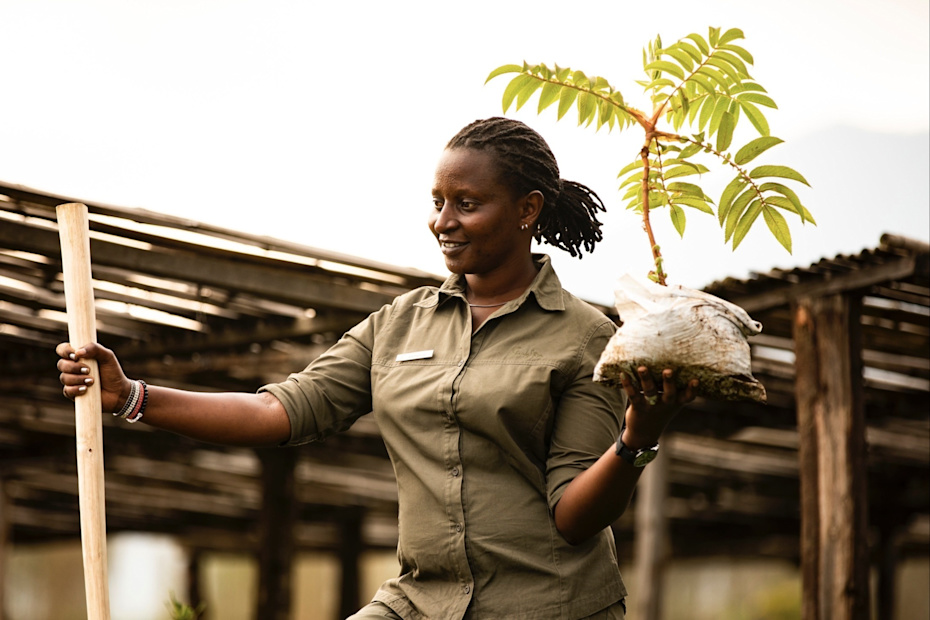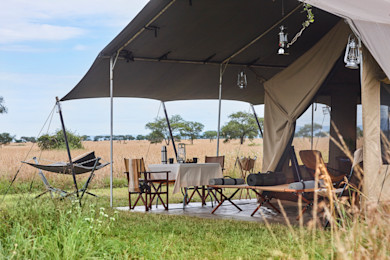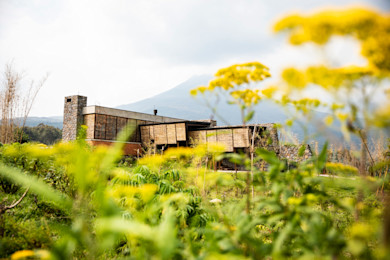
Sustainable Transport
Reducing the need to travel, and encouraging the use of modes of transport with low and zero carbon to reduce emissions.
Being located in remote areas raises a challenge for reducing our carbon emissions from vehicle fuel use. Additionally, a key guest experience is the ‘game drive’. We are keen to adopt the use of electric vehicles once suitable options become commercially available. But until such time, we strive to maintain and use our vehicles as efficiently as possible.
Putting it into practice
chevron-right
How can I adopt this principle?
chevron-right

Sustainable Transport
SustainabilityShare:
Conservation Partner
The Long Run
Singita’s sustainability partner – The Long Run – have worked at the intersection of nature conservation and sustainable tourism since 2009 and are rooted in the vision that tourism can create lasting prosperity for people living on a healthy, resilient planet. Long Run members understand the delicate balance and connection between human and natural ecosystems and how they co-exist. They advocate for innovative solutions and collaborative action to harness tourism as a force for good. The Long Run partners with leading organisations to shape the agenda and inspire nature-positive climate action and holistic sustainable tourism, worldwide.
The Long Run's 4C sustainability framework comprises four sections: Conservation, Community, Culture and Commerce. These four are then further broken down to detailed subject areas for Singita’s specific context. These sustainability principles are critical to the fulfilment of Singita’s 100-year purpose and impact goals for 2030, and continue the good work fulfilled during the One Planet Living membership.
The Long Run's 4C sustainability framework comprises four sections: Conservation, Community, Culture and Commerce. These four are then further broken down to detailed subject areas for Singita’s specific context. These sustainability principles are critical to the fulfilment of Singita’s 100-year purpose and impact goals for 2030, and continue the good work fulfilled during the One Planet Living membership.
Singita Kruger National Park became a Long Run Fellow in 2024. All other Singita properties became fellows of the programme in 2025, and align with the 4C methodology.

Other Sustainability Projects
AllSouth AfricaZimbabweTanzaniaRwanda
AllSouth AfricaZimbabweTanzaniaRwanda











